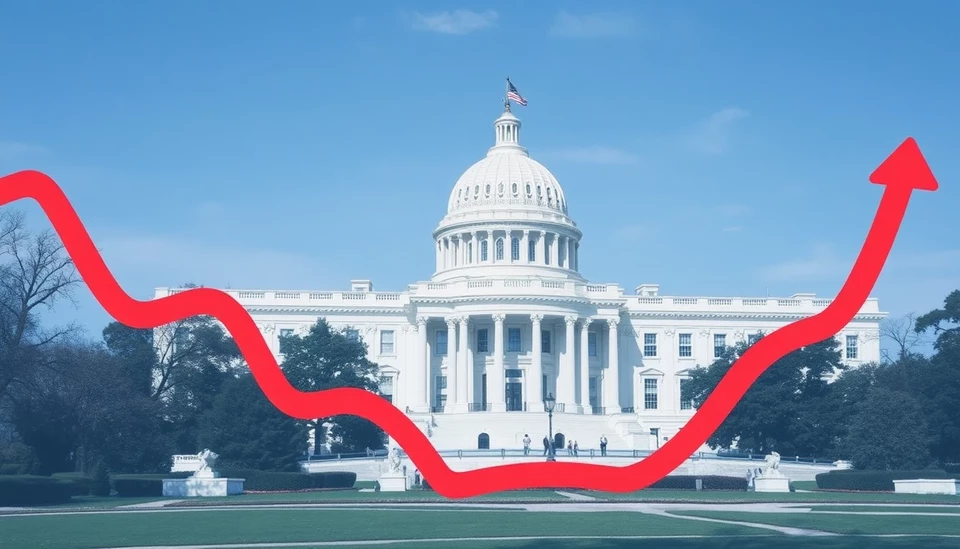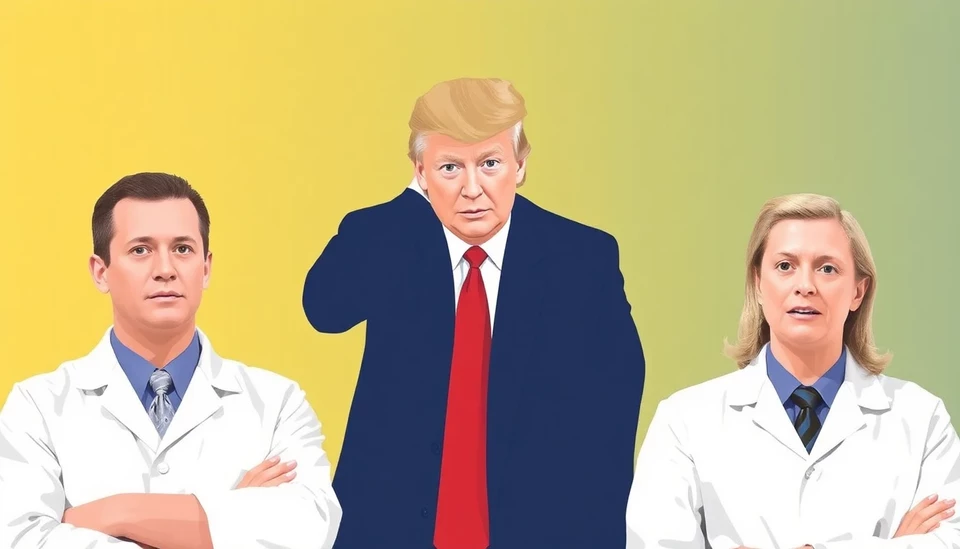
In a significant shift in federal employment policy, President Donald Trump has initiated cuts to the federal workforce, ushering in a wave of transformative changes that could reshape the landscape of government jobs across the United States. As implications of these reductions unfold, it is crucial for citizens, employees, and stakeholders to be on the lookout for key indicators that signal the impacts of these decisions.
One of the most evident initial signs of the effects of workforce reductions is a noticeable delay in the execution of new federal programs. With fewer employees available to handle existing operations, bureaucratic slowdowns are expected, impacting everything from regulatory processes to public service delivery. This sluggishness could become particularly pronounced in departments that already face staffing challenges, setting off a cascading effect on governmental efficiency.
Furthermore, as agencies grapple with personnel shortages, the quality of federal services may decline. Citizens may begin to feel the repercussions in their daily interactions with government entities, such as longer wait times for permits, reduced availability of public information, and declines in the responsiveness of agency communications. Such issues could trigger public dissatisfaction, especially in sectors heavily reliant on federal oversight and support.
Another area to monitor is the morale and productivity of remaining federal employees. As the workforce shrinks, the pressure on existing staff may intensify, potentially leading to burnout and higher turnover rates. A decline in employee satisfaction could translate to decreased productivity, affecting the completion of crucial government functions and projects.
Additionally, the landscape of hiring practices may undergo notable changes. The federal government might adopt more stringent measures for recruitment, focusing on filling only the most critical positions. This could lead to a homogenization of skills in the federal workforce, as agencies prioritize specific competencies over diverse talent pools.
Economic implications stemming from these workforce cuts cannot be ignored. A reduced workforce means fewer federal dollars circulating within the economy as government contracts and services are scaled back. This contraction can trickle down, affecting local economies and leading to diminished job prospects in related sectors that rely on federal partnerships.
Finally, while the federal workforce adjustment may mark the beginning of a new policy era under Trump's administration, the long-term effects on public service efficacy, employee welfare, and economic health will take time to fully materialize. Stakeholders, analysts, and citizens alike must remain vigilant and critically assess early signs of impact ensuing from these workforce modifications.
As these changes continue to develop, tracking the quantitative and qualitative shifts within federal services will provide essential insights into how the government's capacity to function and serve its populace is evolving under this new paradigm.
#TrumpCuts #FederalWorkforce #GovernmentImpact #PublicServices #Economy #EmployeeMorale
Author: Rachel Greene


